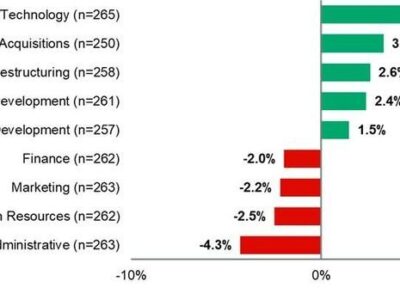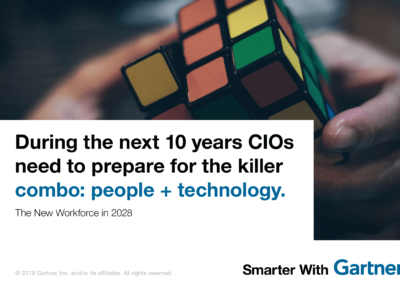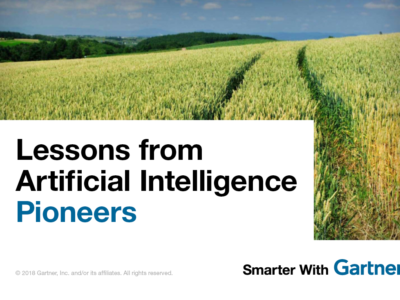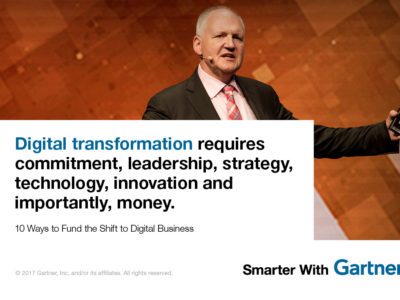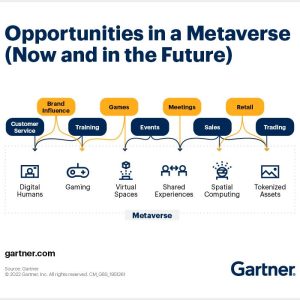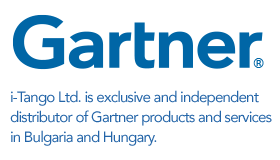To compete in today’s digital business economy, embrace these five tenets of agility.
Contributor: Jo Bennett
Spotify is familiar with the downside of success. Following substantial growth a few years ago, its engineering team expanded and started to lose their nimble touch. Some companies might approach this problem from a process standpoint, but Spotify leadership seized the opportunity to re-orchestrate to an agile culture.
Flash forward to today, and Spotify’s agile culture has made it easier for the company to go to market with ideas more quickly than ever before. That culture also paved the way toward success in a key area for digital business: attracting and retaining talented people.
Organizations like Spotify and online retailer Zappos are among the growing tide that recognize that to compete in today’s digital age, agile is no longer optional.
“Agile culture and behaviors can be a source of competitive advantage,” said Remi Gulzar, research director at Gartner. “That culture requires new organizational and leader behaviors,” he explained.
Agile Behavioral Principles for the Digital Age
The principles underlying agile from a software development perspective appear in the “Agile Manifesto,” published in 2001 by a small group of IT leaders. Is your enterprise ready to adopt an agile culture? Explore these five tenets of agile culture to assess whether your culture, work styles and behavior are a digital enabler or inhibitor in today’s high-speed, ultracompetitive, ingenious digital economy.
People Over Process: Spotify engineers align themselves in overlapping communities focused on objectives (squads), work environment (tribes), skillsets (chapters), and interests (guilds), so they can freely experiment with tools and processes. Zappos, likewise, encourages employees to self-organize.
Dynamics Over Documents: Relying heavily on pre-scripted documentation doesn’t work in a dynamic digital environment. Agile teams need to be configured for speed, working in short iterations – while, of course, frequently referring back to the original objectives and principles.
Collaboration Over Cascading: At Spotify and Zappos, the culture is less about owning and more about sharing. This collaborative mindset provides bountiful benefits to both the enterprise and employees; it leads to better communication, trust, knowledge distribution, and adaptive and shared leadership.
Adaptive Over Prescriptive: Does your enterprise invite disruption, or is the focus overwhelmingly more on policy and standards? Instead of asking “Why can’t it be done?” people in an agile culture are empowered to seek answers to the question “How can it be done?”
Leadership Over Management: Enterprise agility is only possible if the CIO and other executives and managers view their jobs as to “serve and enable.” At Spotify, this means that leaders focus on what problem needs to be solved, but let the teams figure out how to solve it.
Adopting agility requires a level of flexibility, inclusivity and, above all, trickle-down C-level support and behavior modeling. Not every organization has the appetite and adaptability to go down this path. But for those that do so successfully, the reward is a competitive edge in the digital economy.
Gartner clients can read more in the report ‘Digital Business Demands an Agile Culture’ by Remi Gulzar.
For more articles on Digital Business visit Smarter with Gartner website.


